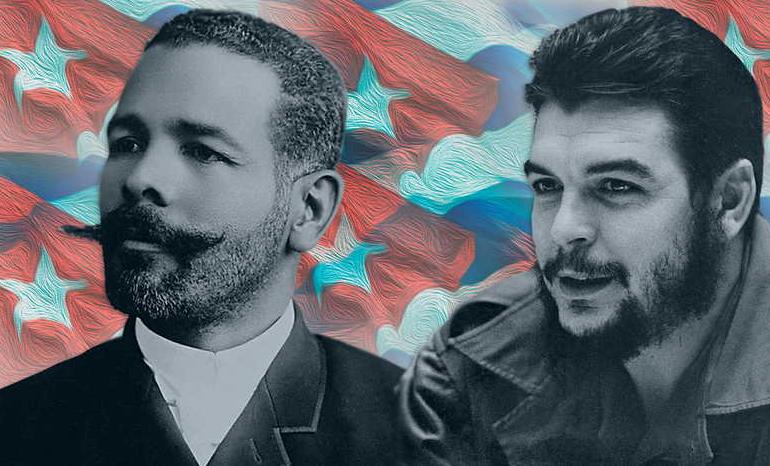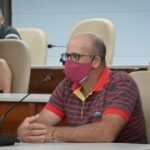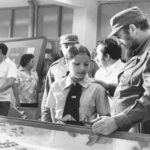Antonio Maceo Grajales and Ernesto Guevara de la Serna were born a day like today 83 years apart, one of those inexplicable coincidences in life. Internationalism, ethics, honor and intransigence in the fight against imperialism and colonialism are qualities that unite these two greats of history.
Antonio Maceo was born in 1845 in the city of Santiago de Cuba, into a humble family. His parents, Marcos and Mariana, were workers, though not poor, having a rural property of nine caballerias in the mountainous region of Majaguabo, where they raised their 13 children.
Ernesto Guevara in 1928, in Rosario, Argentina. First-born son of Celia and Ernesto, his family had economic resources and had socialist ideas in which they raised their five children. Most of his childhood, adolescence, and early youth are spent in Alta Gracia, where the family moved in 1932 in search of a climate conducive to counteracting Ernesto’s asthma, which he began to suffer from when he was two years old.
Maceo, urged by the circumstances of exile, travels through several Latin American nations, while the Cuban-Argentine guerrilla, driven by his desire for knowledge and adventures, also travels through much of Latin America.
Both, at the time and as part of the struggles for the independence of Cuba, carried out the invasion from the East to the West. The Bronze Titan, along with Generalissimo Máximo Gómez, demonstrated his exceptional qualities as a military strategist during the epic of 1895, and his glorious wounds in combat were his most precious war trophies.
Many years later, at the end of 1958, Ché and Camilo Cienfuegos reissued another invasion from East to West during the liberation war against the tyranny of Fulgencio Batista.
Like Maceo, Che died fighting, wounded, without bullets, and with his pistol damaged in combat, which prevented him from falling into the hands of the enemy, he was assassinated on the orders of the North American Central Intelligence Agency on October 9, 1967, the day after his capture, when he was 39 years old. With one leg disabled by a bullet, sitting on a chair in the rustic little elementary school in La Higuera, when he saw fear in the soldier who had been sent to kill him, he stood up leaning on the chair and with the same authority he always had ordered him to the drunken soldier: “Shoot, here is a man.”
Ernesto Guevara admired the eldest of the Maceo Grajales and defined him as one of the pillars of the Cuban people’s liberation effort, declaring himself a continuation of his legacy.
Feeling the footprints of those heroes and undressing their essences, this June 14 or any other day, in normal times or in the current contingency, always oxygenates our commitment to the future and to Cuban identity.




